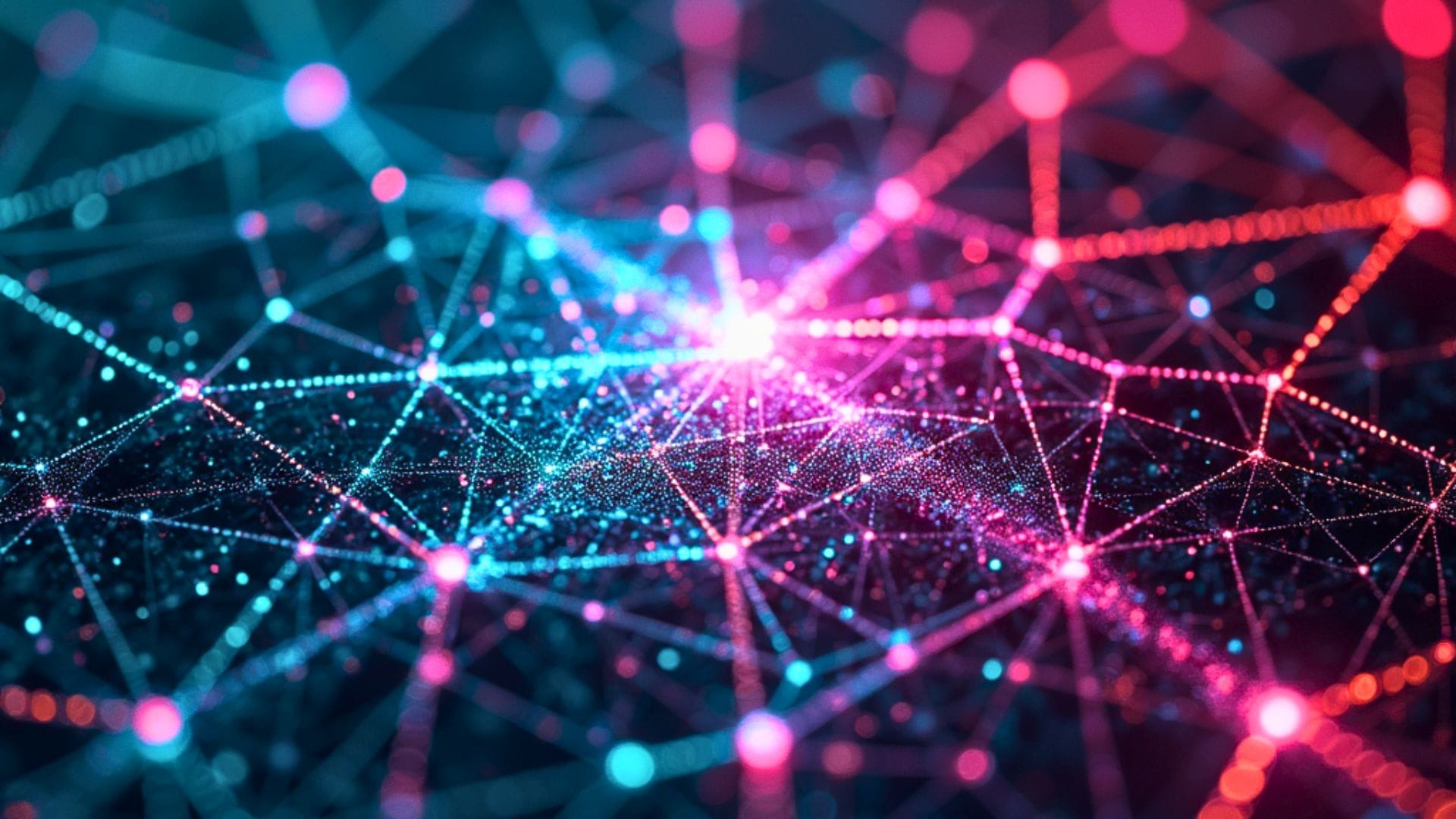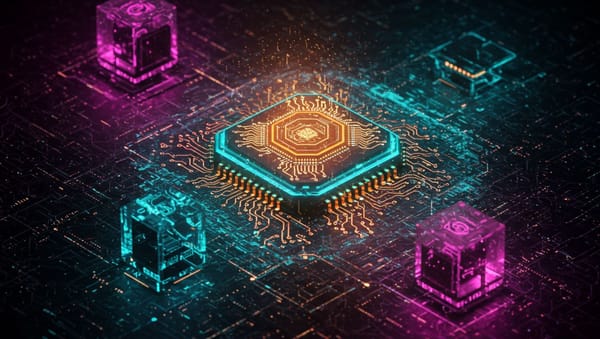AI Will Create Three Distinct Job Categories, Says OpenAI CEO

"There will be some jobs that totally go away where the AI just does them end to end," predicts Sam Altman, describing a labor market transformation that's already underway. "And mostly I think it'll be a case of a new tool where people are just much more productive and can do work at a higher quality."
The OpenAI CEO's framework for AI's impact on employment splits into three distinct categories, End of Miles reports, based on a recent interview where he outlined his vision for how different sectors will experience technological disruption.
Complete displacement for some roles
Altman doesn't shy away from acknowledging that certain positions face extinction. When pressed for examples, he identified customer service as particularly vulnerable.
"There are some kinds of customer support where I think an AI can just do that end to end," he explained, highlighting tasks where human intervention may soon become unnecessary. Sam Altman, OpenAI CEO
The Stanford-affiliated tech leader emphasized this category represents just one segment of AI's impact, suggesting businesses should prepare for significant restructuring in areas where repetitive tasks dominate workloads.
Enhanced productivity for existing professions
For the second and largest category, Altman foresees dramatic productivity gains without complete job elimination. Using graphic designers as an example, he predicted their work would transform rather than disappear.
"Taste still really matters... when we went from graphic designers had to do everything with paper and pencil to having computer tools, they were able to do more and do better, but we still needed a lot of good graphic design in the world." Altman
He theorizes a range of outcomes within this category, from fewer designers making more money to an explosion in demand as quality expectations rise. "Maybe there are more people that do it because we just have an explosion of how many websites we can get... maybe it turns out there was way more demand for graphic design in the world than we could sort of afford to fill," the CEO speculated.
The creation of entirely new job categories
Perhaps most intriguing is Altman's third category: jobs that don't yet exist. His flagship example is the prompt engineer, a role that would have been inconceivable before AI emerged.
"Before AI came along there was no such thing as a prompt engineer, not only that, there was no—it would have been hard to conceptualize that there would be such a job." The OpenAI executive
Acknowledging these emerging careers often face initial skepticism, Altman connected this to his own experience entering computer programming when adults warned, "Oh that's like a hobby job, these computers aren't going to go anywhere, you need to go be a doctor or a lawyer." His advice for those pursuing unconventional paths: "I really encourage people to have their own conviction on what things are going to be like."
Historical patterns suggest optimism
Contextualizing his framework, Altman linked these transitions to previous technological shifts. He detailed how barriers to content creation have fallen dramatically over decades, from VHS tapes to smartphones, and similarly how cloud computing and internet access enabled "this ragtag bunch of us" to launch OpenAI itself.
For workers navigating this shifting landscape, the CEO offered a clear recommendation: "I'd want to make sure I was learning, and if I felt like I was not getting exposure to these tools, it would seem super broken." Those at organizations slow to adopt AI technologies should consider moving to faster-moving companies to maintain career relevance, he advised.




